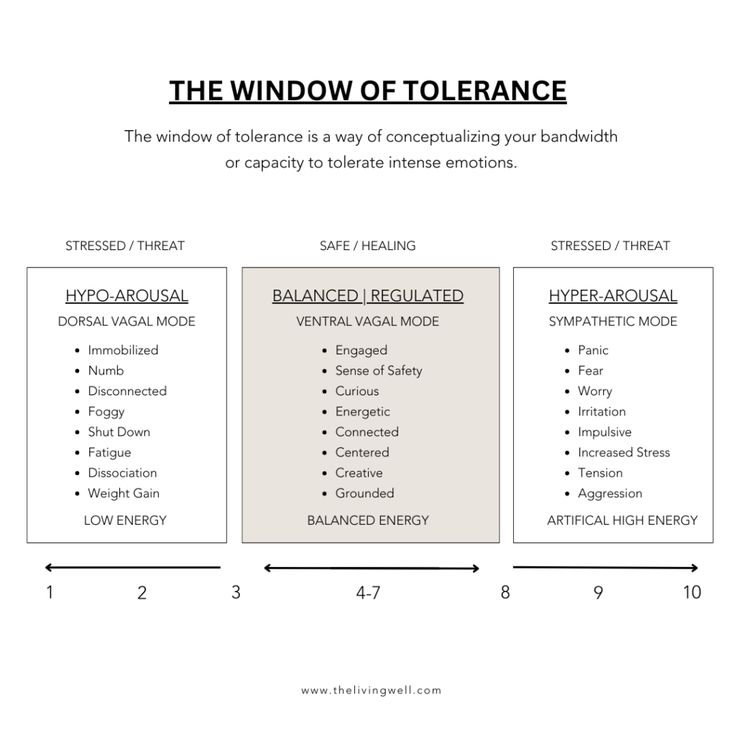Understanding Polyvagal Theory
Stephen Porges’s Polyvagal Theory & Its Impact on Healing.
Stephen Porges’s Polyvagal Theory expands our understanding of how the autonomic nervous system (ANS) functions and gives us a better map to healing our bodies (great news— keep reading!). The autonomic nervous system is an integral part of the human nervous system, monitoring and regulating the activity of the visceral organs including the heart, lungs, liver, and more.
Traditionally, it was believed that the ANS worked in two states: stress and relaxation. Stress activates our “fight or flight” response, tensing muscles and preparing the body for action, while relaxation or “rest and digest” helps us recover and heal once the danger has passed.
However, problems arise when we become stuck in a chronic stress state, even after the threat has disappeared—a common issue due to the relentless pressures and normalized chaos of modern life. Despite various stress management strategies and medications, many people still feel persistently stressed, suggesting that our traditional understanding of the ANS might be insufficient.
“Our bodily state influences how we respond to and experience the world.”
Polyvagal Theory offers a more nuanced perspective on managing stress and promoting healing, centered around the role of the vagus nerve. The vagus nerve (Latin for "wandering," think “vagabond”) extends from the brainstem down to the stomach, intestines, heart, lungs, throat, and facial muscles.
This theory explains how our body influences our emotional and social behaviors through the vagus nerve and its branches, which play a crucial role in determining our reactions to stress and our ability to connect with others. According to Polyvagal Theory, the vagus nerve functions through three distinct pathways in response to perceived threats.
ventral vagal — “social engagement”
sympathetic — “fight or flight”
dorsal vagal — “freeze”
The ventral vagal system plays a crucial role in calming our body’s stress response and is closely linked to the neuroregulation of our facial expressions and voice, allowing us to broadcast our physiological state during social interactions. In safe environments, we naturally use this system to engage socially. However, in settings that feel unsafe, our voice or facial expressions reflect our threatened physiological state. The body then detects that sensation and reacts, shifting to the sympathetic "fight or flight" response, which can further cascade the older dorsal vagal system, leading to a shutdown, freeze or dissociation response. This process of assessing risk is known as neuroception.
A key insight of this theory is the mechanism that enables us to seek engagement with others for co-regulation, a function of the newer ventral vagal system. This evolved aspect of our biology creates opportunities for healing through social connection.
We respond not only to threats but also to signals of safety. By learning to recognize and respond to these signals, we can downregulate stress, anxiety, and threat responses. For example, a mother soothing a crying baby demonstrates co-regulation, helping the child learn to manage their own nervous system. However, not everyone has had caregivers equipped to manage stress effectively. Practices such as restorative yoga and developing awareness can teach us these signals of safety and self-regulation, profoundly influencing how we experience the world.
Distinguishing Between Feeling Safe & Being Safe
According to Stephen Porges, trauma is not just about the event itself but how our body and nervous system respond to it. For someone who has experienced trauma, particularly from a biological parent or someone their nervous system was naturally programmed to trust, the violation of that trust can have profound effects. Once this trust is broken, the body may start to perceive signals of safety as signals of vulnerability.
The concept that safety can become a trigger is quite eye-opening. The body may receive neurological signals indicating safety, but due to past trauma, it might interpret these signals as signs of vulnerability. For example, with music, the body’s neuroception—its subconscious detection of safety or danger—might initially process it as safe. Processed by the brain going down into the visceral, the neuroception was working. However, through interoception — the ability to be aware of internal sensations in the body, the body reacts and these sensations rise to consciousness where it is now interpreted with a history of memories of vulnerability perceiving them as unsafe.
“Our evolutionary heritage is to be safe in the presence of another appropriate mammal.”
Tools to Calm the Nervous System
Porges ask, “What enables people to be their creative self, to be their loving self, to be who they are. What enables people to participate in life as opposed to fearing it.”
What helps soothe our bodily systems?
One crucial element is social nourishment and safe relationships, which serve as evolutionary tools for accessing vagal stimulation. This looks like relationships with people who make you feel balanced and regulated or relationships with our pets.
Porges also talks about the importance of self-awareness and tuning into the body’s needs. In my restorative yoga and Pilates classes, I teach techniques that signal to the nervous system that it is safe. For example, gentle rubbing around the occipital bone, along the arms, and rubbing the hands together can be quite effective.
Additionally, enhancing vagal tone can be achieved through practices like meditation, listening to calming music, feet in the sand, rocking the body, a warm bath, long exhalations, warm sun on the skin, or placing a hand over your heart.
If I had to choose only one thing to improve the quality of my life. it would be this: Develop a toolkit that includes safe spaces, supportive people and pets (love you Shiva girl), self-awareness, and practices like some of my favorites listed above that stimulate vagal tone + calm our nervous system.
A regulated nervous system is crucial for overall well-being and living a RADIANT life.

